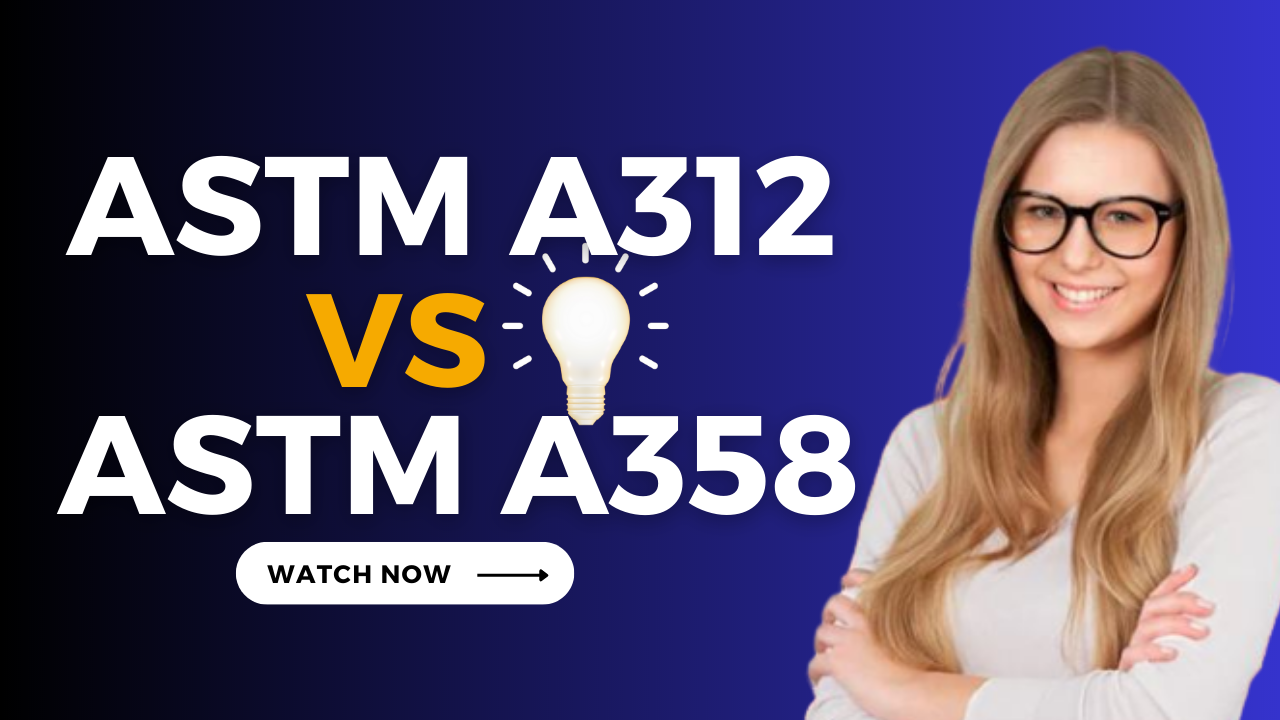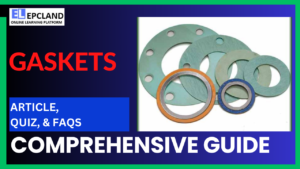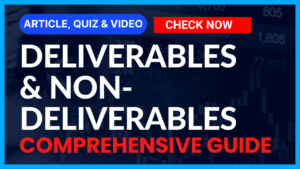1. Introduction:
When it comes to stainless steel piping standards, the choice between ASTM A312 and ASTM A358 is a crucial decision that can significantly impact the success of your projects. Both standards define the requirements for seamless and welded stainless steel pipes, but they serve distinct purposes and come with their own sets of advantages. In this comprehensive guide, we will delve into the key differences, applications, and benefits of ASTM A312 and ASTM A358 standards. Whether you’re a seasoned professional or just getting started in the field, this article will equip you with the knowledge needed to make informed decisions for your projects.
Table of Contents
Do not miss the detailed course 7 Modules of Piping Codes & Standards
Enrollment link
Check out the Similar Articles on ASTM Standards
The Significance of Stainless Steel Pipes
Stainless steel pipes are vital for applications where corrosion resistance, hygiene, and strength are paramount, such as in the chemical, food, and pharmaceutical industries.
ASTM Standards for Stainless Steel Quality
ASTM standards play a pivotal role in ensuring the quality, consistency, and performance of stainless steel pipes in diverse applications.
2. ASTM A312: Seamless and Welded Austenitic Stainless Steel Pipe
ASTM A312 is a standard specification for seamless and welded austenitic stainless steel pipes used in high-temperature and general corrosive service.
ASTM A312 Grades
- TP304/L: Suitable for general corrosive service and widely used in the food industry.
- TP316/L: Known for its excellent corrosion resistance, making it ideal for chemical and pharmaceutical applications.
- TP321/H: Designed for high-temperature applications and resistant to intergranular corrosion.
Chemical Composition of ASTM A312 Grades
| Element | TP304/L | TP316/L | TP321/H |
|---|---|---|---|
| Carbon (C) | 0.08% max | 0.08% max | 0.08% max |
| Manganese (Mn) | 2.00% max | 2.00% max | 2.00% max |
| Phosphorus (P) | 0.045% max | 0.045% max | 0.045% max |
| Sulfur (S) | 0.030% max | 0.030% max | 0.030% max |
| Silicon (Si) | 1.00% max | 1.00% max | 1.00% max |
| Chromium (Cr) | 18.0-20.0% | 16.0-18.0% | 17.0-19.0% |
| Nickel (Ni) | 8.0-11.0% | 10.0-14.0% | 9.0-12.0% |
Mechanical Properties of ASTM A312 Grades
| Property | TP304/L | TP316/L | TP321/H |
|---|---|---|---|
| Tensile Strength | 75,000 psi (515 MPa) | 75,000 psi (515 MPa) | 75,000 psi (515 MPa) |
| Yield Strength | 30,000 psi (205 MPa) | 30,000 psi (205 MPa) | 30,000 psi (205 MPa) |
| Elongation | 35% min | 35% min | 35% min |
| Hardness (Brinell) | 129 max | 129 max | 129 max |
Do not miss the detailed course 7 Modules of Piping Codes & Standards
Enrollment link
3. ASTM A358: Electric-Fusion-Welded Austenitic Stainless Steel Pipe
ASTM A358 is a standard specification for electric-fusion-welded austenitic stainless steel pipes suitable for high-temperature and corrosive service.
ASTM A358 Classes
- Class 1: Pipes are double welded by processes employing filler metal in all passes and do not require radiographic examination.
- Class 2: Pipes are double welded by processes employing filler metal in all passes and require radiographic examination.
- Class 3: Pipes are single welded by processes employing filler metal in all passes.
Chemical Composition of ASTM A358
The chemical composition of ASTM A358 pipes varies depending on the specific grade and class, making it essential to refer to the specific grade’s datasheet for detailed information.
4. Differences Between ASTM A312 and ASTM A358
While both ASTM A312 and ASTM A358 cover stainless steel pipes, they have distinct differences in terms of manufacturing, applications, and specific requirements.
| Difference | ASTM A312 | ASTM A358 |
|---|---|---|
| Manufacturing Process | Covers both seamless and welded pipes, widely used for various applications. | Primarily covers electric-fusion-welded pipes, generally used in high-temperature and corrosive service. |
| Application Focus | Suitable for a wide range of applications, including general corrosive service, high-temperature environments, and industries like food processing and pharmaceuticals. | Primarily intended for high-temperature and corrosive service where welding is a critical factor. Different classes provide options for radiographic examination based on application requirements. |
5. Quality Control & Testing
Both ASTM A312 and ASTM A358 require stringent quality control measures to ensure the pipes’ compliance with specifications. Key aspects of quality control include:
| Quality Control Measure | ASTM A312 | ASTM A358 |
|---|---|---|
| Chemical Analysis | Rigorous chemical analysis to verify the elemental composition. | Rigorous chemical analysis to verify the elemental composition. |
| Mechanical Testing | Mechanical testing, including tensile and yield strength tests. | Mechanical testing, including tensile and yield strength tests. |
| Non-Destructive Testing (NDT) | Non-destructive testing methods like ultrasonic testing (UT) and radiographic testing (RT). | Non-destructive testing methods like ultrasonic testing (UT) and radiographic testing (RT). |
| Visual Inspection | Visual inspection for surface imperfections, weld defects, and dimensional conformity. | Visual inspection for surface imperfections, weld defects, and dimensional conformity. |
Do not miss the detailed course 7 Modules of Piping Codes & Standards
Enrollment link
6. Conclusion
In summary, ASTM A312 and ASTM A358 are vital standards that define the quality and suitability of stainless steel pipes for various applications. ASTM A312 is versatile, covering both seamless and welded pipes, making it suitable for a wide range of industries. On the other hand, ASTM A358 is specialized in electric-fusion-welded pipes, primarily used in high-temperature and corrosive service, offering different classes to meet specific application requirements. Understanding these differences is crucial for selecting the right stainless steel pipe to meet your project’s unique needs.
Recommended courses (Published on EPCLand):
- Basics of Piping Engineering
- Piping Layout Engineering
- Piping Material Engineering
- Piping Stress Analysis
- Complete Course on Piping Engineering
- Material Requisitions
- Piping Material Specifications
- Valve Material Specifications
Related Video
Attempt Quiz
Question 1:
What do ASTM A312 and ASTM A358 standards both relate to?
Explanation: Both ASTM A312 and ASTM A358 standards relate to welded and seamless stainless steel pipe used in various industries, including petrochemical, food processing, and more.
Question 2:
What is a key difference between ASTM A312 and ASTM A358?
Explanation: A key difference between ASTM A312 and ASTM A358 is that ASTM A312 covers both seamless and welded stainless steel pipe, while ASTM A358 specifically covers electric-fusion-welded (EFW) pipe.
Question 3:
Which ASTM standard is more commonly used for large-diameter pipe?
Explanation: ASTM A358 is more commonly used for large-diameter stainless steel pipe, especially electric-fusion-welded (EFW) pipe.
Question 4:
Which ASTM standard has stricter tolerances for wall thickness?
Explanation: ASTM A358 generally has stricter tolerances for wall thickness compared to ASTM A312.
Question 5:
Which ASTM standard is suitable for high-temperature and corrosive environments?
Explanation: Both ASTM A312 and ASTM A358 are suitable for high-temperature and corrosive environments, depending on the specific material and application.



